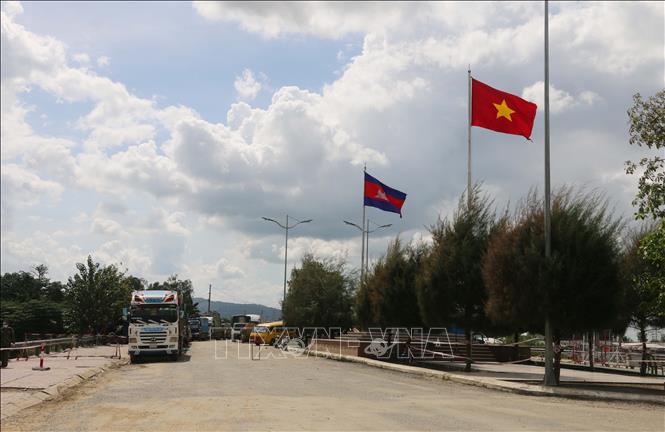
In recent times, An Giang's economy has been undergoing a strong transformation thanks to its focus on developing two strategic pillars: marine economy and border trade economy. This is the key direction to create a breakthrough in growth and regional connectivity; in which, An Giang's marine economy has had many positive changes, especially in the fields of tourism, marine services, aquaculture and maritime transport. Coastal infrastructure has been increasingly invested in synchronously, effectively connecting the mainland with the islands. Key products such as marine tourism, high-tech marine aquaculture and seafood exports have grown strongly, making an important contribution to the economic structure of coastal areas.
At the same time, the province's border trade economy has continued to be consolidated and expanded in recent times. The focus is on investing in technical infrastructure at border gates, attracting non-budget projects, developing logistics services, cross-border trade and residential economy. In particular, An Giang border gate economic zone is established as one of the new growth poles located on the key economic corridor of the Mekong Delta, contributing to promoting regional connectivity, expanding markets and ensuring national defense and security in border areas.
In order to create momentum for economic and social development, An Giang Provincial Party Secretary Nguyen Tien Hai said: by 2030, An Giang strives to be a fairly developed province in the country; a strong maritime economic center of the country. The province develops Phu Quoc Special Zone to reach international standards; Rach Gia is a political - administrative, commercial - service, general and specialized center; the quadrilateral area of Rach Gia - Long Xuyen - Chau Doc - Ha Tien is a driving force for industrial development, logistics, tourism, a center for research and development of varieties and agricultural and aquatic production; develops border trade economy, a hub for trade and cooperation with the Kingdom of Cambodia.
To become a province with a fairly developed economy in the country, the Secretary of the An Giang Provincial Party Committee said that An Giang will focus resources on investing in building infrastructure, especially transport infrastructure, dynamic urban areas, regional connectivity corridors and areas with room and potential for development; in which, the province will focus on developing an integrated space of sea - border - inland, with five dynamic urban areas including: Rach Gia, Phu Quoc, Ha Tien, Chau Doc, Long Xuyen playing the leading role in promoting coastal growth and cross-border connectivity.
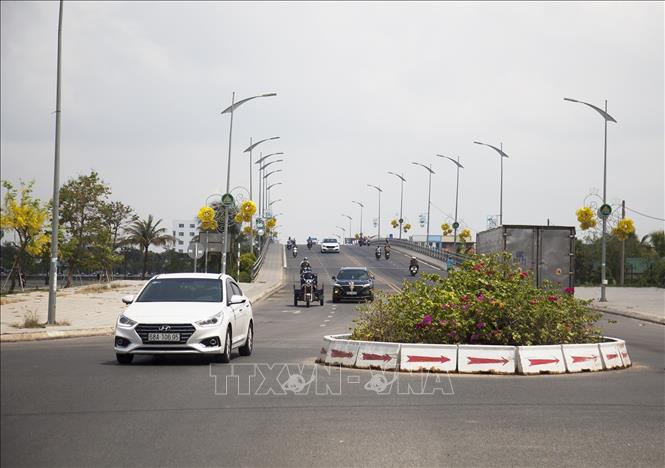
According to the development orientation, An Giang develops Rach Gia urban area as the political, administrative, general economic, industrial and marine economic center of the province; in which, Rach Gia holds a strategic position when located on key traffic routes such as Lo Te - Rach Soi and Ha Tien - Rach Gia - Bac Lieu. Rach Gia urban area has favorable conditions for synchronous development of the fields: industry, trade, services and marine economy and plays a leading role in industry and logistics of the province. In addition, the system of seaports and wharves connecting with Phu Quoc along with the potential for exploitation, aquaculture and development of marine logistics services help Rach Gia to be oriented to become a modern and sustainable coastal city.
Not only Rach Gia, An Giang also determined to develop Ha Tien to become an important center of marine economy, tourism and border trade of the Southwest region. With the advantage of a border gateway, with unique sea tourism potential, Ha Tien promises to become a convergence point in regional linkages and international economic integration, contributing positively to the development of marine economy, tourism and trade not only of An Giang but also of the whole region.
For Phu Quoc Special Economic Zone, with its strategic location near major economic centers of Southeast Asia and on the international shipping route, Phu Quoc possesses outstanding advantages in trade, tourism and international connectivity. The synchronous infrastructure system including international airport, modern seaport, and complete road network creates conditions for the pearl island to expand comprehensive development opportunities. In the coming time, An Giang will focus on developing Phu Quoc into an international tourism and trade center. The focus is on building free trade zones to meet the needs of sea, cultural and experiential tourism. In particular, with its rich natural ecosystem, beautiful beaches and pristine primeval forests, Phu Quoc has a solid foundation to develop high-class resort, ecological and entertainment tourism.
As the trading hub of the Long Xuyen Quadrangle, Long Xuyen ward is gradually forming a value chain of production, processing, and consumption of agricultural products associated with large raw material areas and a modern logistics system. In An Giang's economic development strategy, Long Xuyen is oriented by the province to develop into a dynamic comprehensive economic area, with strengths in processing industry and high-tech agriculture. Currently, Long Xuyen possesses the advantage of infrastructure connectivity when located along important waterways, while benefiting directly from the Chau Doc - Can Tho - Soc Trang expressway and quick access to Can Tho international airport. From there, Long Xuyen not only expands its economic space but also helps Long Xuyen strongly connect with Can Tho and Ho Chi Minh City, two major economic centers of the country.
At the same time, An Giang also focuses on developing Chau Doc into a center of tourism and border trade economy when the locality is an attractive destination for spiritual tourism and eco-tourism in the West. At the same time, Chau Doc also has a special advantage in international trade thanks to Tinh Bien international border gate, so it has advantages in developing border trade, trade and logistics. Therefore, agricultural, aquatic products and consumer goods from the domestic market can be easily exported to Cambodia and vice versa. In particular, when the Chau Doc - Can Tho - Soc Trang expressway comes into operation, connecting directly with Tran De seaport, it will help Chau Doc expand its trading space, reach out to the sea and closely connect with major economic centers of the region.
After merging with Kien Giang, the new An Giang province with its special strategic location, has a 200 km long coastline, a land border of more than 148 km with Cambodia, is located at the source of the Mekong River and is the gateway connecting the Mekong Delta with Ho Chi Minh City, Phnom Penh and the Gulf of Thailand, the province currently has all the conditions to become an international center of trade, logistics, tourism and services.
Source: https://baotintuc.vn/dia-phuong/nam-vung-trong-diem-tao-dong-luc-phat-trien-kinh-te-an-giang-20251002064216687.htm


![[Photo] General Secretary To Lam and National Assembly Chairman Tran Thanh Man attend the 80th Anniversary of the Traditional Day of the Vietnamese Inspection Sector](https://vphoto.vietnam.vn/thumb/1200x675/vietnam/resource/IMAGE/2025/11/17/1763356362984_a2-bnd-7940-3561-jpg.webp)
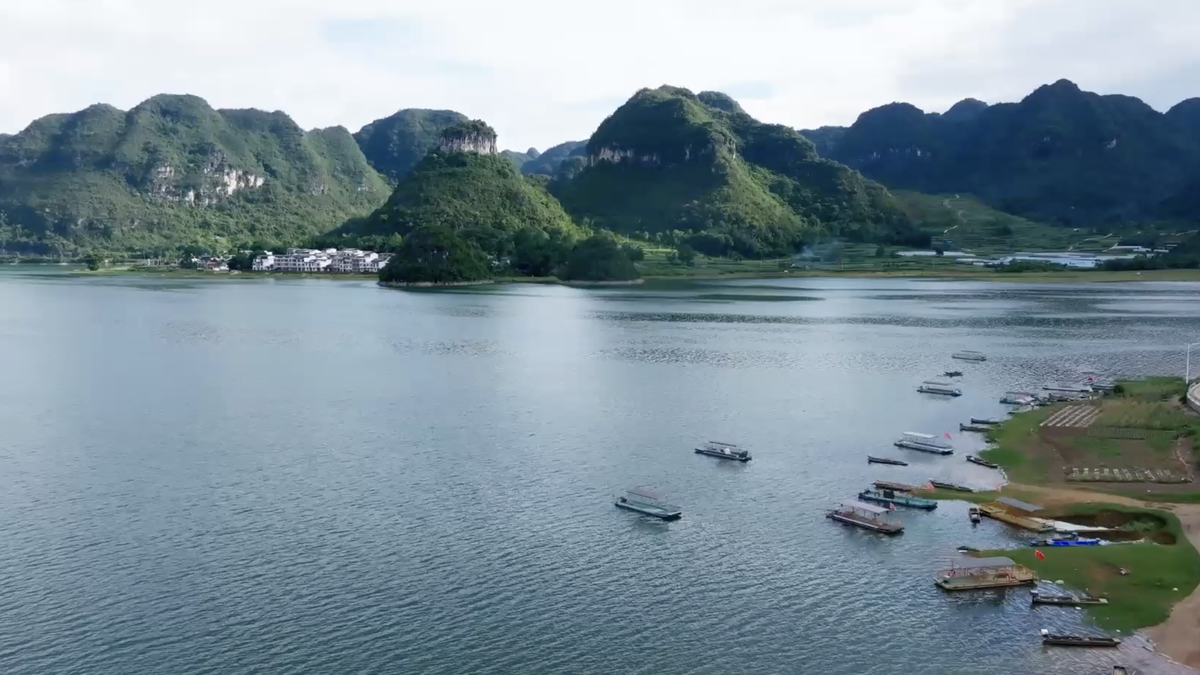




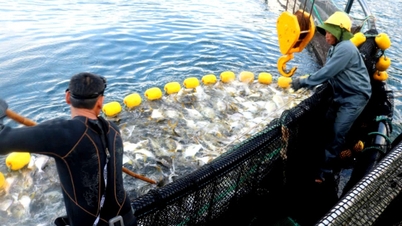

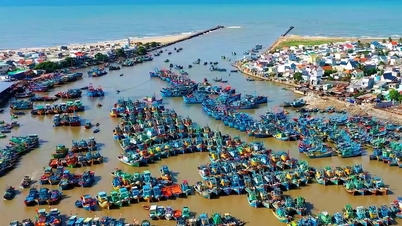

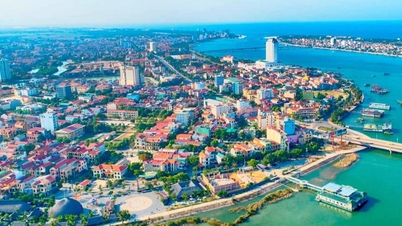

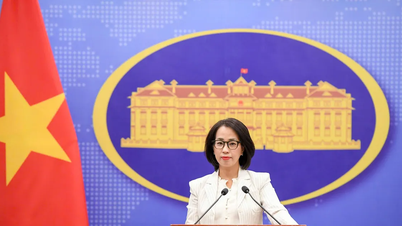

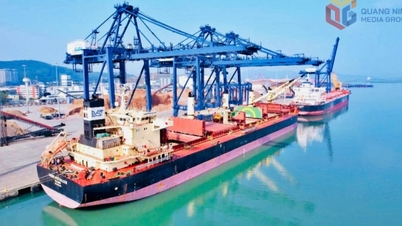

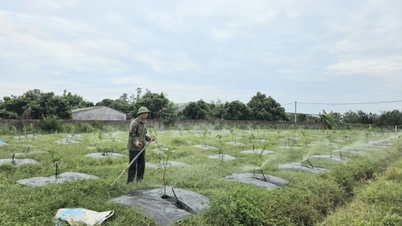
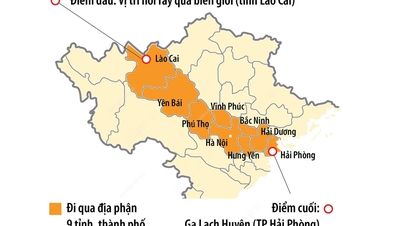
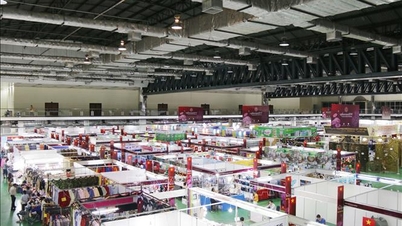
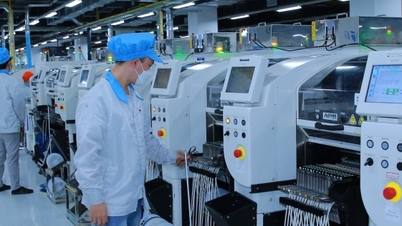

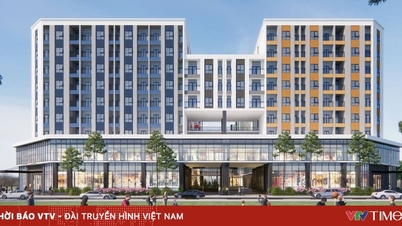







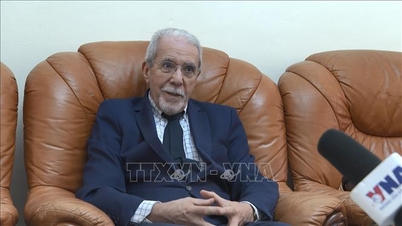


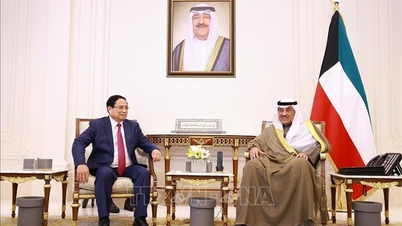
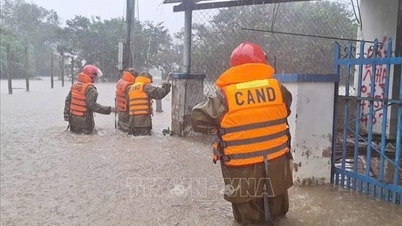
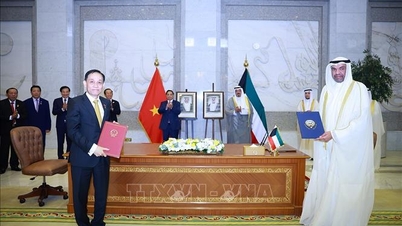


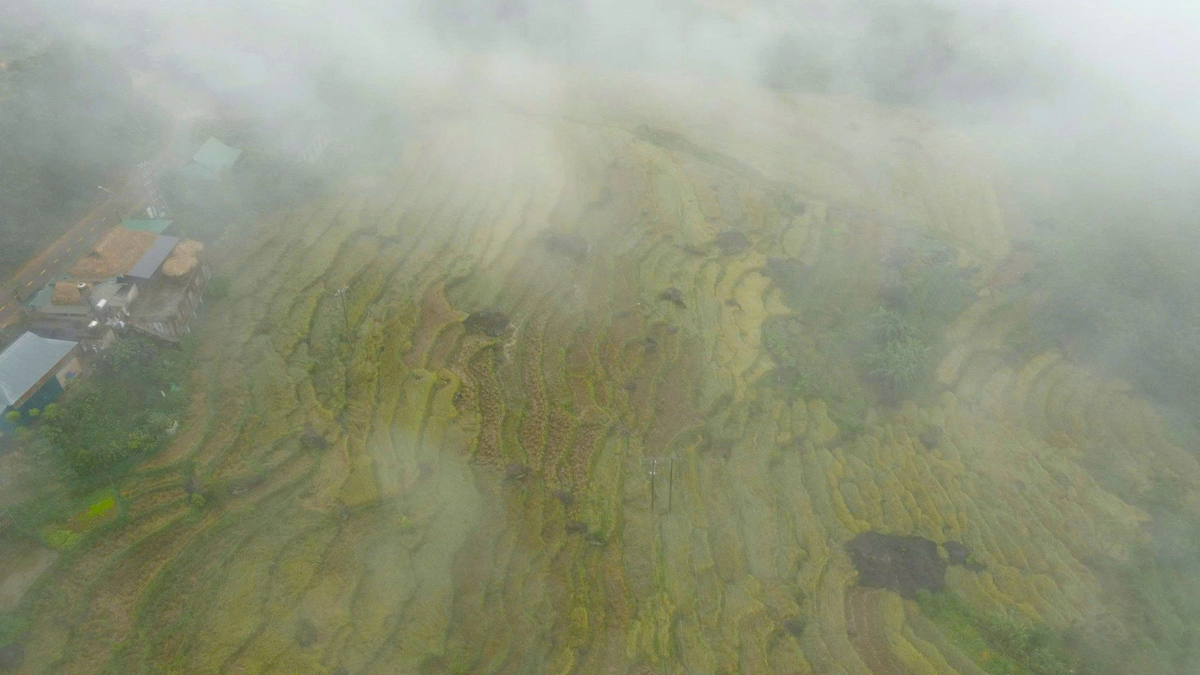
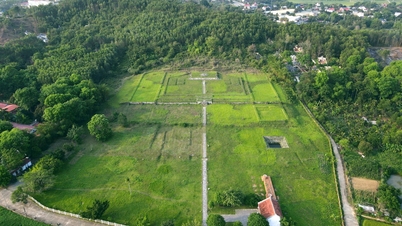







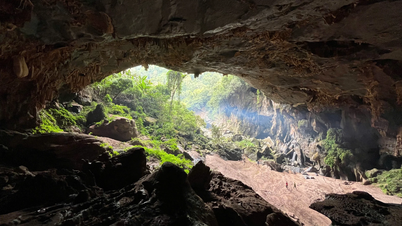


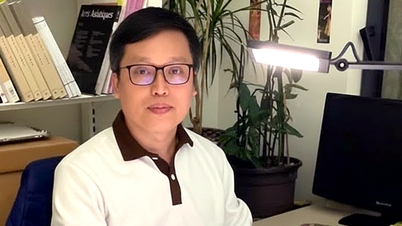



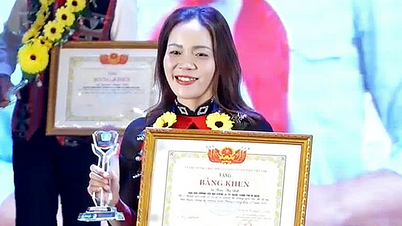





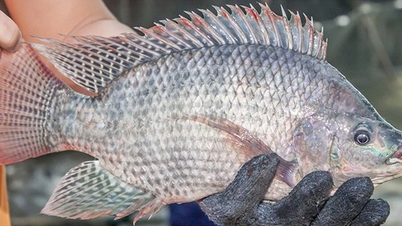




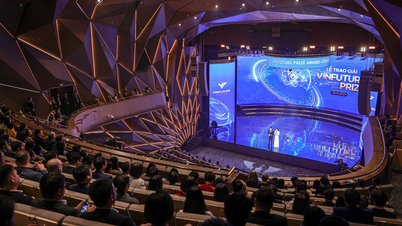




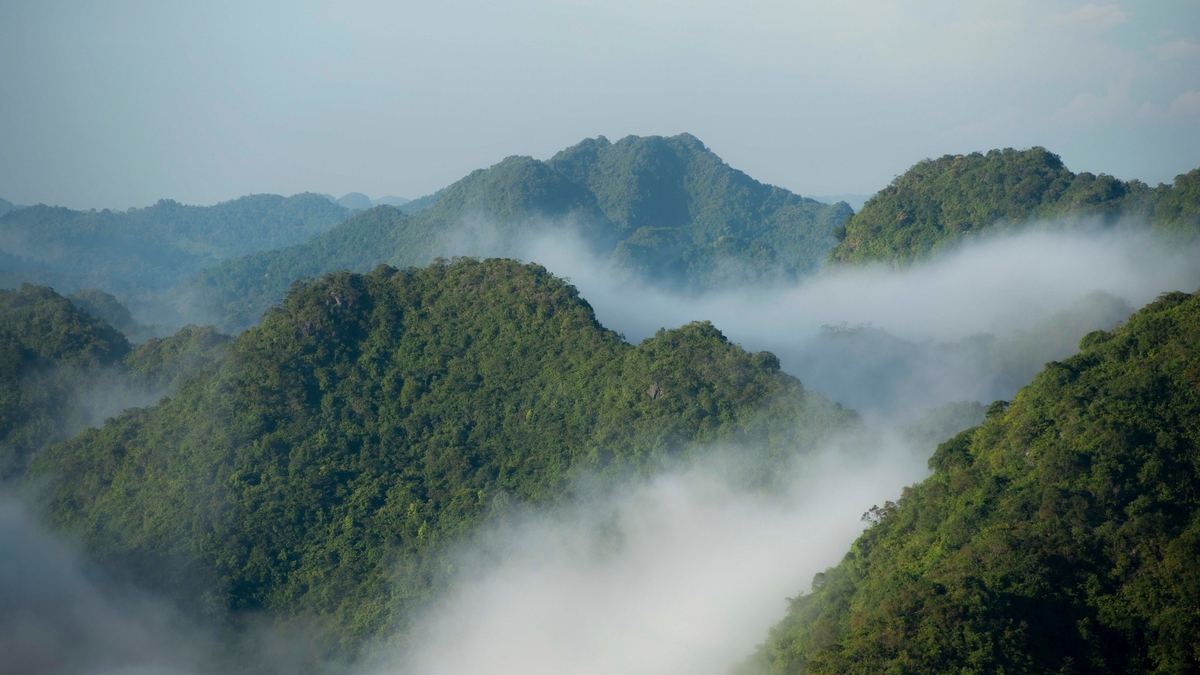

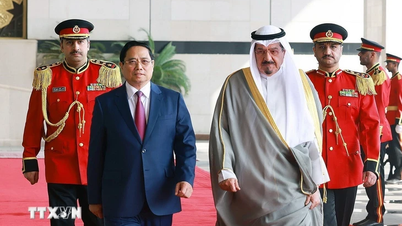
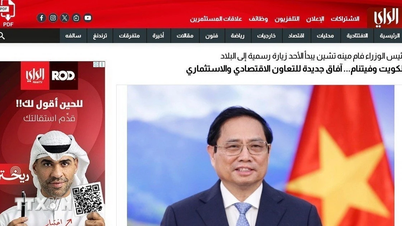





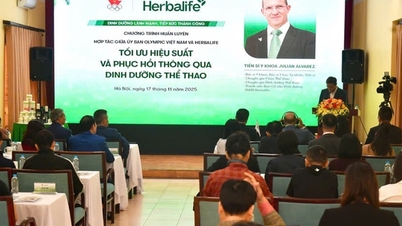

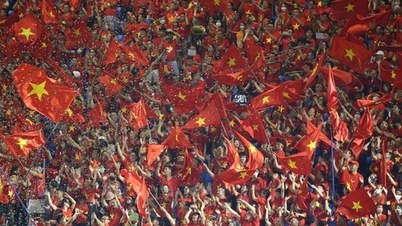
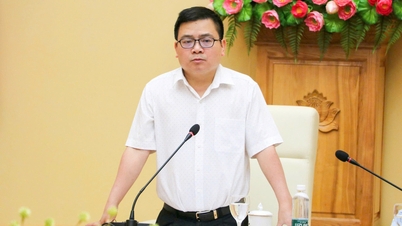



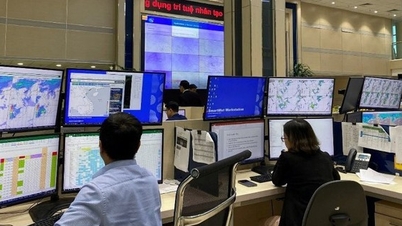

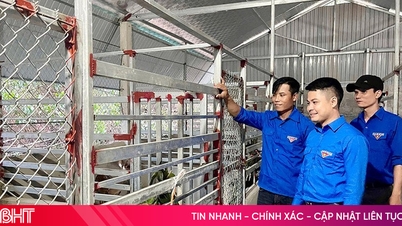

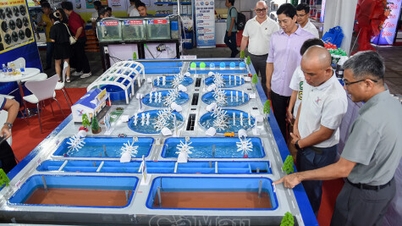

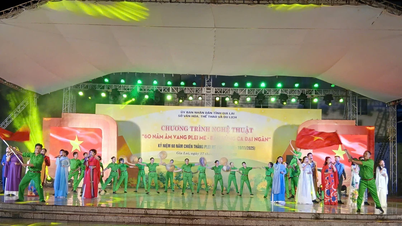

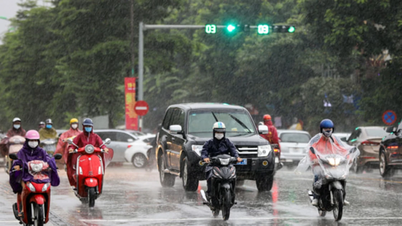



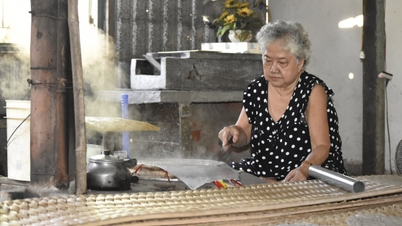

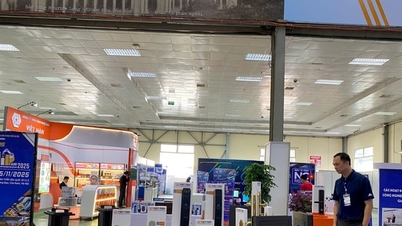


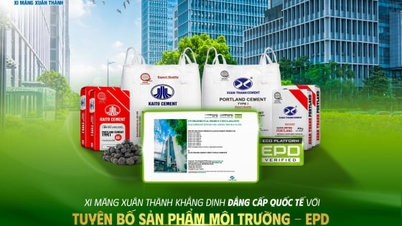
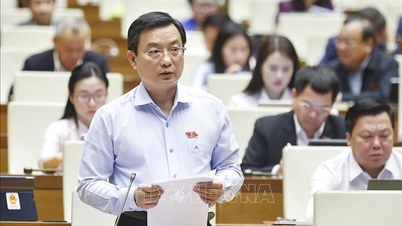


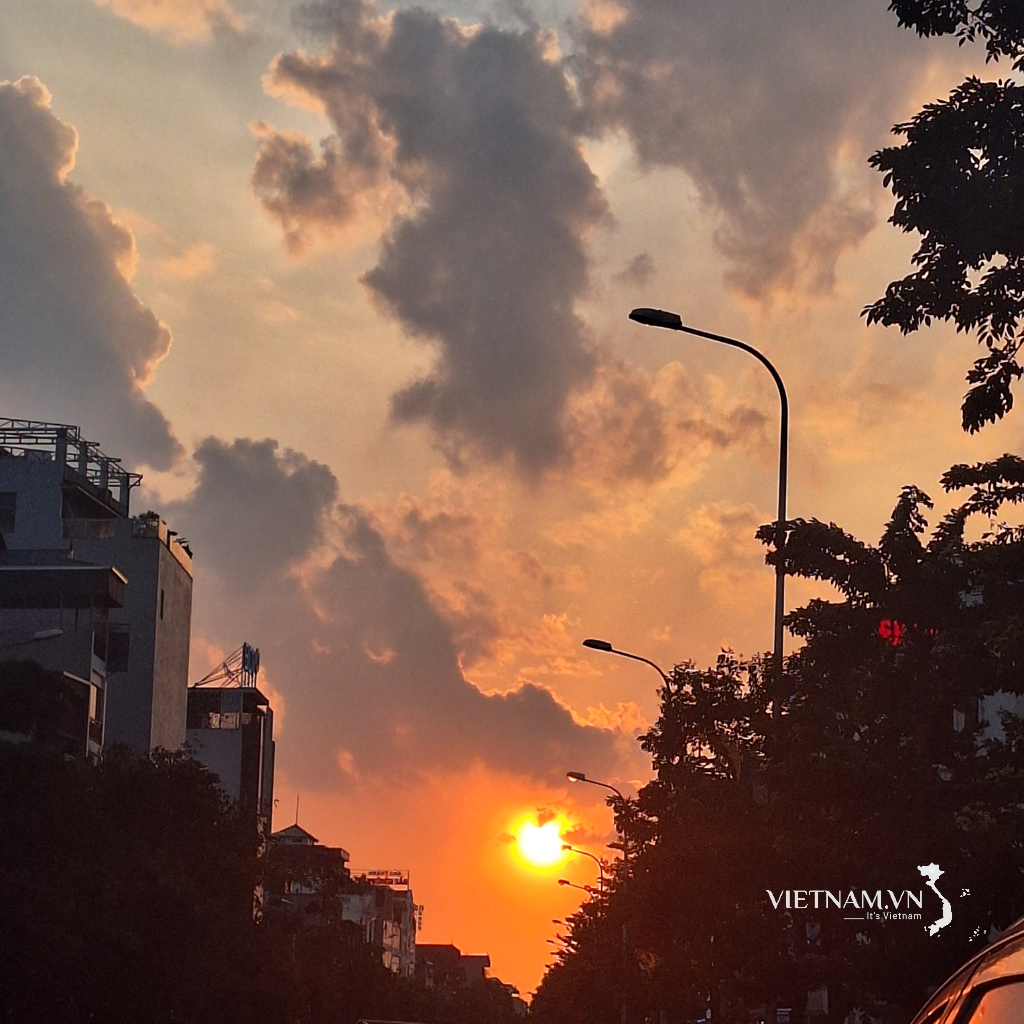


Comment (0)